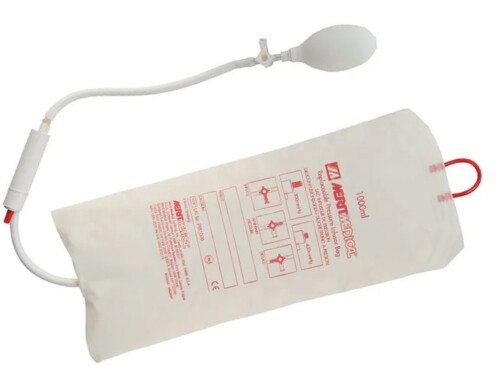For epistaxis, the classic teaching is to pinch the nose to control the bleeding. A persistent nosebleed often is the result of one’s natural inclination to constantly check if there is still bleeding every few seconds. Applying pressure on-and-off makes it difficult for the bleeding to stop.
Trick of the Trade
Use tongue blades to pinch the nose.
Don’t rely on the patient to apply constant pressure to the nose. It is too tempting to intermittently check for bleeding. Instead create a “nose pincher” by taping the end of two tongue blades together (at the level of the green arrow). Wedge the nose between the open ends. Leave the tongue blades in place for at least 20 minutes.
The photo is courtesy of my friend Dr. Matthew Lewin.





